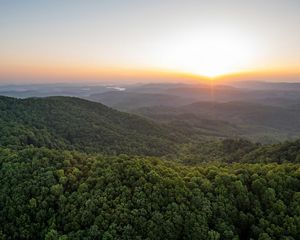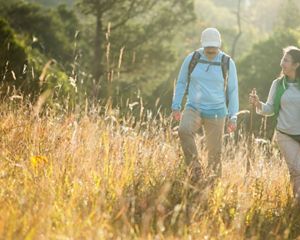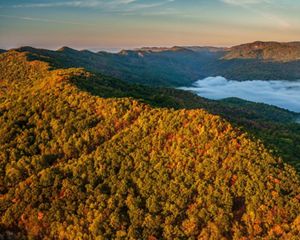.jpg?crop=0%2C93%2C2504%2C1377&wid=1300&hei=715&scl=1.926153846153846)
Like playground bullies who clear an area with their rough-and-tumble approach, invasive species—plant, animal, insect or pathogen—spread aggressively outside of their natural range to disrupt the balance of the world around them.
In nature, these typically fast-growing resource hogs can cause devastating consequences. For example, in the case of plants, invasive species can even change soil chemistry, light availability and fire frequency, making it harder for natives to maintain a foothold.
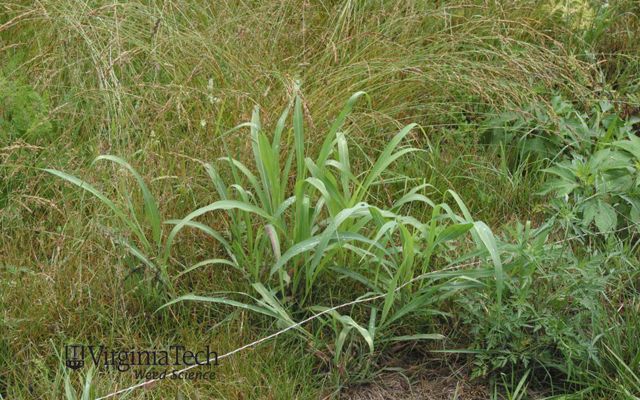

Invasive plant species like Johnson grass, which grows in dense clumps, with its strong root system, poses a threat to farmland as well as our native grassland prairies. Invasive insects like the emerald ash borer pose a threat to our forests with the aggressive nature they attack our native ash trees, which have no natural defense for the beetle.
How to Control Invasive Species in Kentucky
We understand how detrimental invasive species can be to native species, local economies and conservation efforts. That is why controlling invasive species is a priority in Kentucky, where our staff addresses the threat in several ways:
- Monitoring nature preserves for early detection and prevention.
- Eradicating invasive species from an area when there is an infestation.
- Restoring native habitat to its original state, if needed.
In most cases, the process of removing invasive species and restoring native habitat can take years and is successful only with regular monitoring in place.


Native prairies, like the ones seen above are important to the natural ecosystems in Kentucky. In order to protect and restore native landscapes our stewardship work on our preserves in Kentucky includes treatment for several invasive plants such as bush honeysuckle, vine honeysuckle, tree of heaven, and Chinese privet. In addition to these treatments, we have planted shrubs and small trees to allow native species to compete with and eventually outcompete invasive plants. Native shrubs and grasses such as dogwood, redbud, blackhaw, and Virginia wildrye are example species used for restoration.
Quote: Zach Pickett
Combating invasive species can be difficult but is worthwhile and rewarding. Non-native invasive species displace native species and alter habitat compositions, more often than not, to the detriment of our native flora and fauna.
Fighting Invasive Plants with Nature
In order to restore natural ecosystems in Kentucky, we work to combat the spread of invasive species in many ways. Two of the methods we employ are controlled burns and planting native species that actually fight back.
Virginia wildrye is a native grass that has the unique quality of being an allelopathic species. This means that Virginia wildrye actually produces biochemicals, or allelochemicals, that disrupt the growth of non-native grass species. Wildrye produces these chemicals and actually works to slow the spread of invasive grasses like Johnson grass. That is why we are supporting native ecosystems, like Kentucky's native warm season grass prairies, home to plants like blazing star, by planting and seeding Virginia wildrye and other native species.
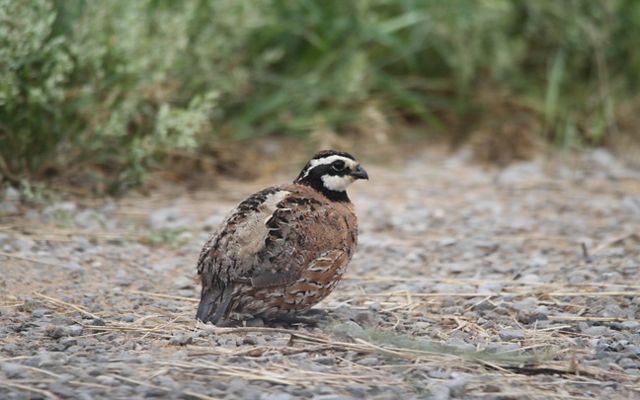
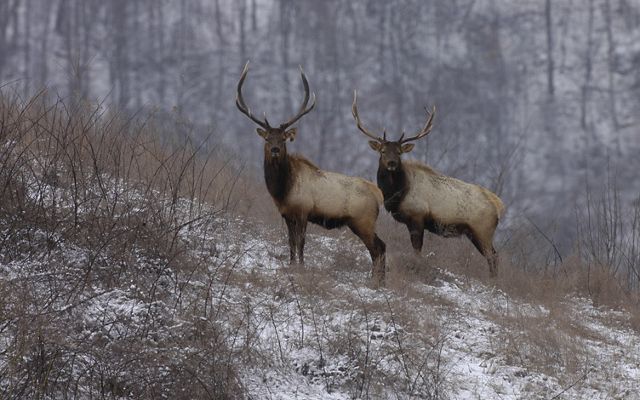
The native landscapes pictured above are home to species that support the natural ecosystems of Kentucky. The bobwhite quail nests in native grassland prairies which can be destroyed by the encroachment of invasive species. Elk were hunted to extinction and eradicated from Kentucky in the early 1800s, but since their return in 1997 the species has gotten a strong foothold. If their native grazing land isn't protected the species will not be able to continue to thrive.


Fighting Invasive Species with Fire
Fire can be a fantastic management practice and one of many tools in the land management toolbox, especially when it comes to non-fire adapted invasive species in fire adapted ecosystems. However, when an invasive species is fire adapted and present in an area managed with fire it poses additional challenges.
Quote: Chris Minor
It is important to do a site assessment of invasive species and have a plan in place to address issues that may arise with invasive species' response to fire.
Chris Minor, TNC in Kentucky's Director of Land Management and Fire Manager, works with fire to suppress the spread of wildfires, as well as fight the spread of invasive species. When asked about the role fire plays in restoring native habitat, Minor said, "It is important to do a site assessment of invasive species and have a plan in place to address issues that may arise with invasives response to fire. It might be determined that fire isn’t the right tool, or that treatment is necessary prior to burning."
Considering time of year, to protect nesting species like quail must be considered, while some invasive plants are even fire resistent, and that's where Minor's expertise come in. The site is evaluated for the efficacy of prescribed fire and may be treated to remove specific fire resistent species before a burn is applied, and the prescribed burn will help to stop the spread of the remaining invasives.
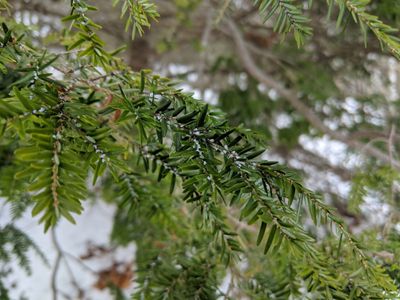
Success Story: Fighting Invasive Pests-Controlling Hemlock Wooly Adelgid
In Kentucky, TNC leads the way in combating an invasive pest threatening large stands of Eastern hemlocks which shade the mountain streams of the Appalachian Mountains and support salamanders, birds, mammals, aquatic insects and fish.
At Bad Branch Nature Preserve in Kentucky's Appalachian Mountains, TNC has treated thousands of trees for hemlock wooly adelgid, an insect native to Asia that threatens hemlock forests throughout eastern North America. This work, which covers 250 acres, represents the largest project of its type in Kentucky and goes farther than similar efforts around the nation.
We Can’t Save Nature Without You
From the beautiful Appalachian Mountains in the east to the fertile Mississippi River Basin in the west, nature matters to Kentuckians. By supporting our work, you can help ensure a future in which nature and people can thrive.


Kentucky Nature News
Sign up to receive monthly conservation news and updates from TNC in Kentucky. Learn more about important conservation news near you.
Common Invasive Species in Kentucky
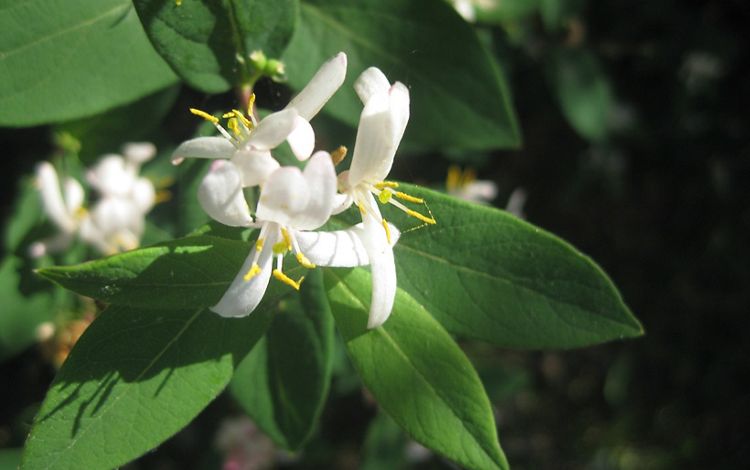

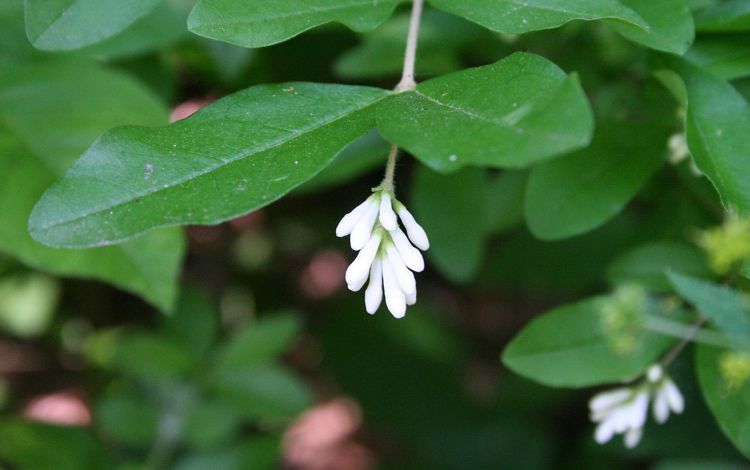
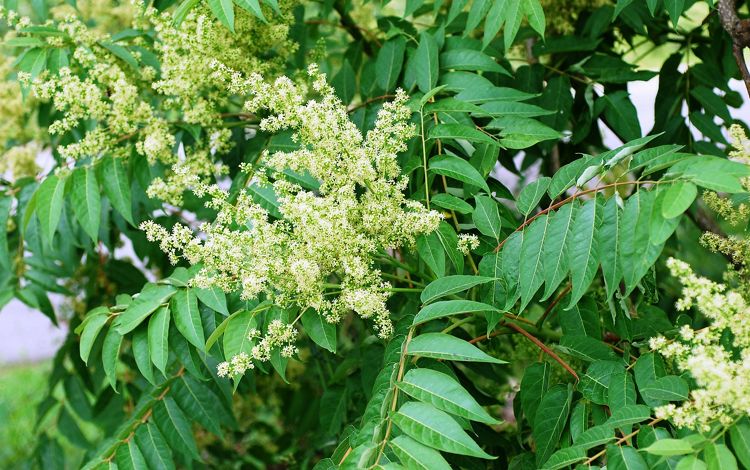
Make a Difference in Kentucky
From the beautiful Appalachian Mountains in the east to the fertile Mississippi River Basin in the west, nature matters to Kentuckians. By supporting our work, you can help ensure a future in which nature and people can thrive.
